Tips For Making Perfect Pizza Dough Every Time
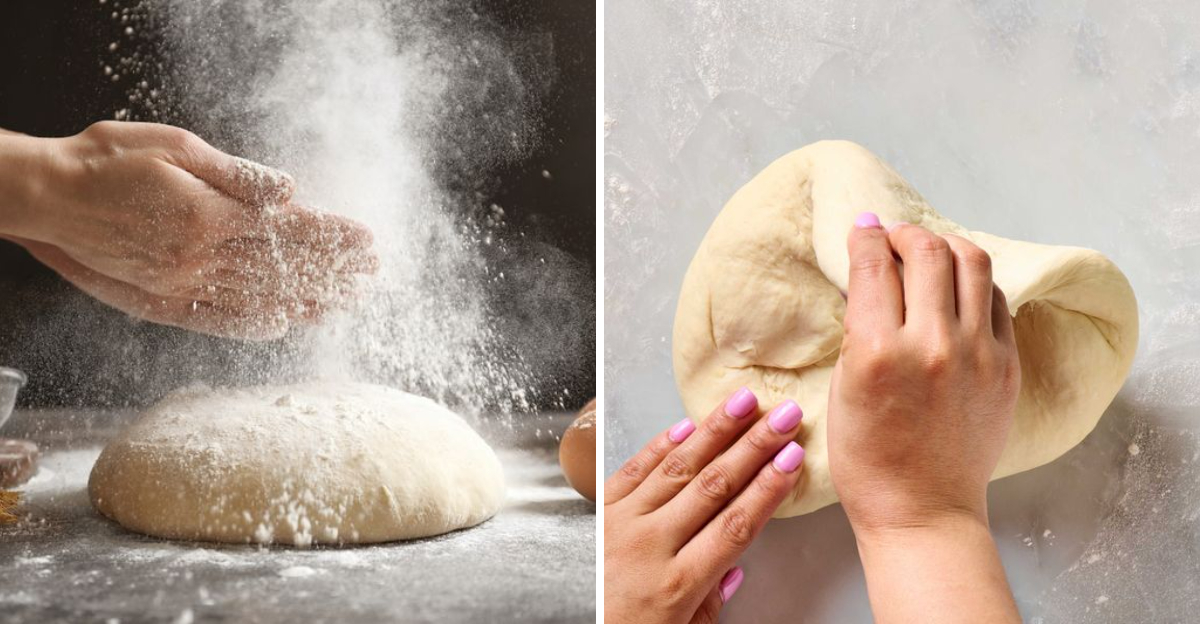
Creating the perfect pizza dough is an art that combines the right ingredients, techniques, and a touch of passion. Whether you’re an aspiring pizzaiolo or a home cook aiming for pizzeria-quality pies, these twelve tips will guide you in crafting dough that impresses every time. From choosing the right flour to mastering the art of kneading, each step is crucial to achieving that ideal crust. Embrace these insights, and you’ll find yourself creating pizzas that are not only delicious but also a testament to culinary craftsmanship.
1. Use Bread Flour (Or “00” Flour If You Want Fancy)
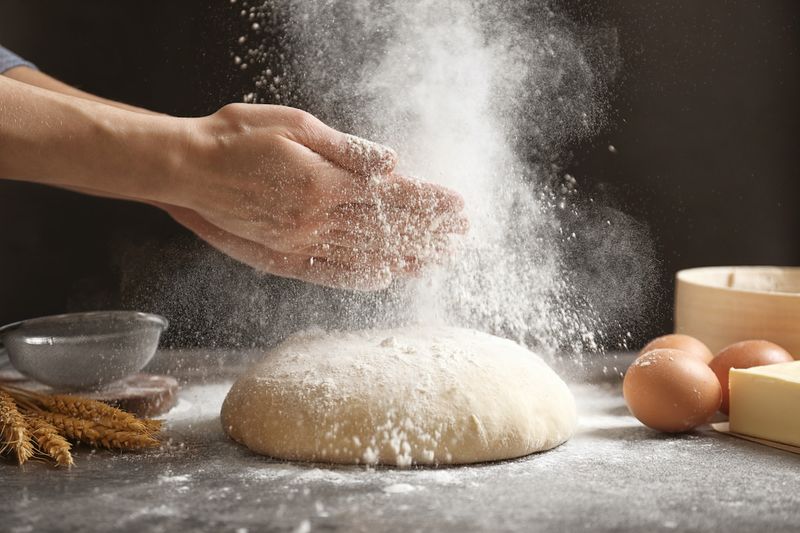
Imagine sinking your teeth into a pizza with the perfect chew. That’s what bread flour offers. This flour’s high protein content gives your crust strength and elasticity.
Italian “00” flour, on the other hand, brings a delicate texture and authentic pizzeria feel. It’s finely ground, yielding a crust that’s light yet sturdy. While all-purpose flour works, it lacks the same stretch and chew.
Choosing the right flour is like selecting a canvas for painting; it sets the base for your masterpiece. Which will you choose for your next pizza adventure?
2. Measure By Weight, Not Volume
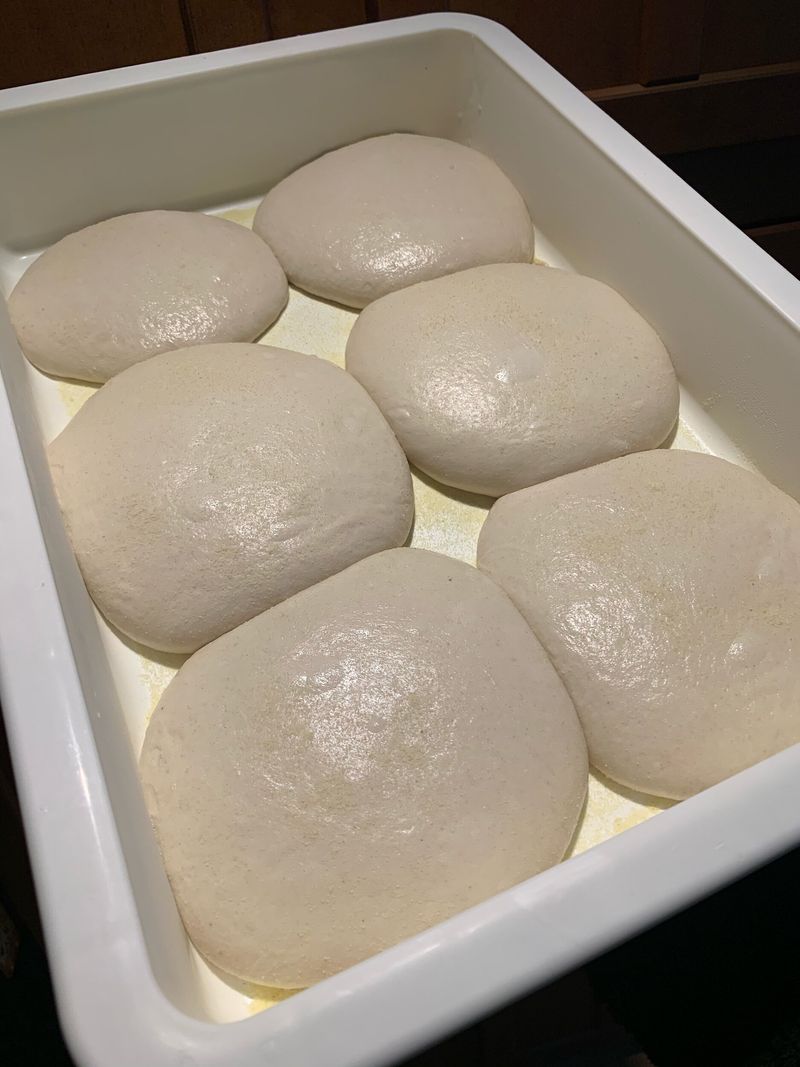
Precision can be the difference between a good pizza and a great one. Weighing ingredients ensures that your dough’s ratios are spot-on.
Cups can vary, leading to inconsistent results. With a kitchen scale, you control the balance, crucial for achieving that perfect texture.
Think of it as following a map; every gram guides you to your destination: pizza perfection. So next time, ditch the cups and embrace the scale. It’s an investment in a more delicious slice. Your taste buds will thank you for the precision.
3. Use Warm Water, Not Hot
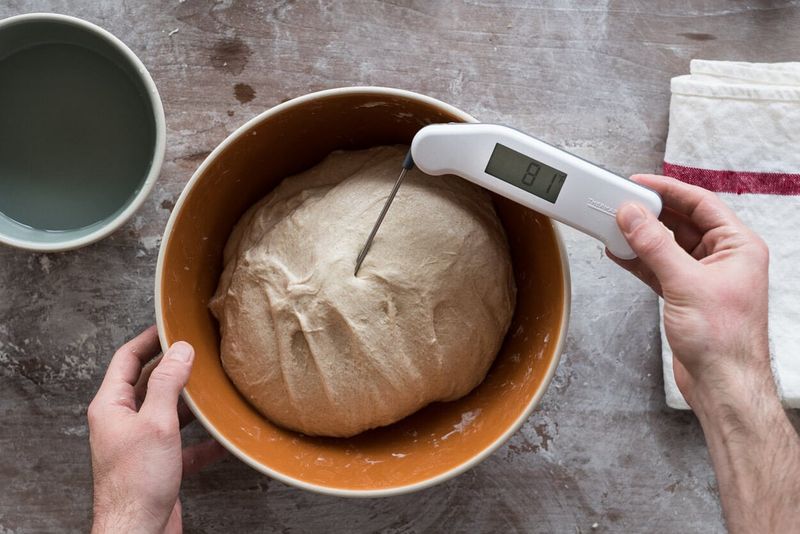
Water temperature is a silent hero in dough making. At around 100–110°F, warm water activates yeast without harming it. Too hot, and you risk killing the yeast, stalling your dough’s rise.
Cold water slows fermentation, delaying your pizza night. Think of it like waking up in the morning; too hot a shower shocks you, while warm water gently begins your day.
Your yeast deserves that warm start to create a dough that’s alive and ready to rise. Your patience with this step is rewarded with dough that’s airy and flavorful.
4. Let It Rise Slowly
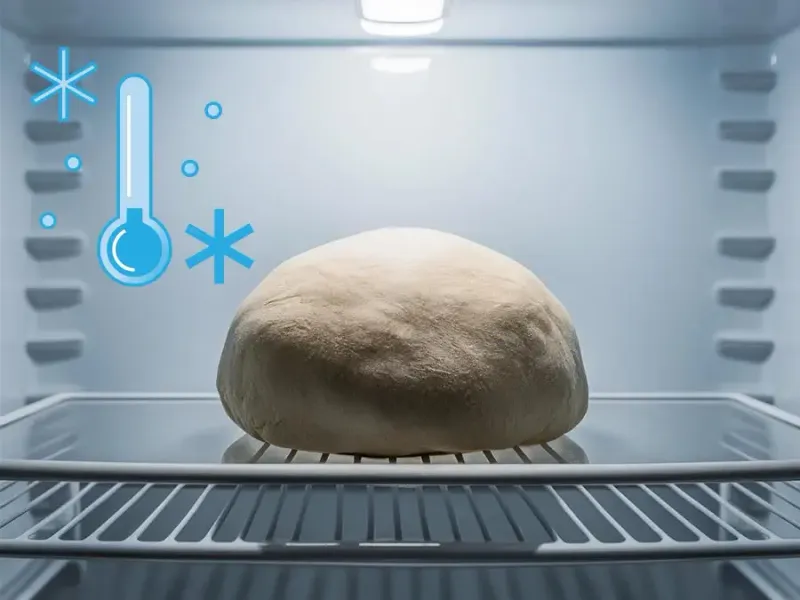
Patience is a virtue, especially in dough making. A slow, cold ferment in the fridge develops deeper flavors and improves texture.
This method allows enzymes to break down starches, creating a complex taste profile. A room temperature rise is faster but lacks the depth of a cold ferment.
Think of it like aging a fine wine; time enhances flavor. Letting your dough rise slowly transforms it from a simple mixture of ingredients into a flavorful masterpiece. Your taste buds will savor every bite of the matured crust.
5. Don’t Over-Knead
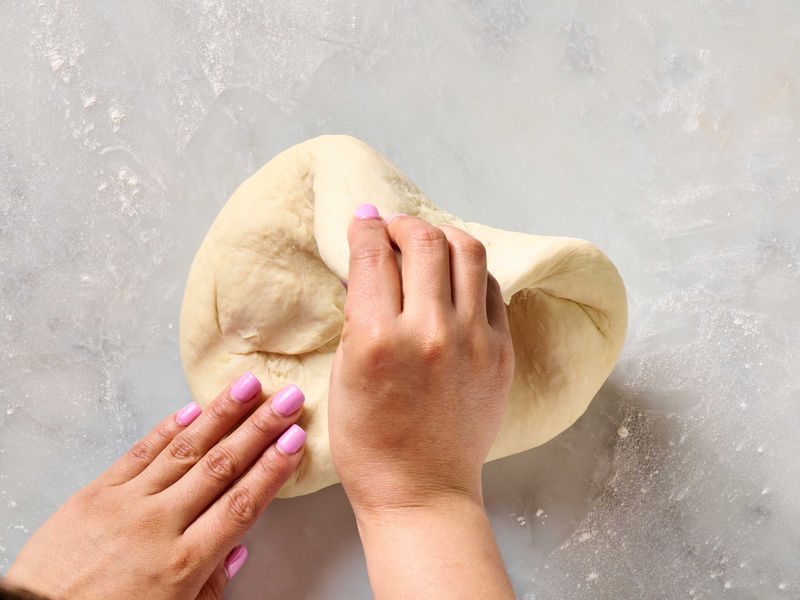
Kneading is an art form. Just 5-8 minutes are enough to develop gluten, which gives dough its structure. Over-kneading makes it tough, sacrificing the tender crumb you desire.
Under-kneading, however, leaves your dough without enough support. Imagine sculpting clay; too much handling makes it brittle, too little and it won’t hold shape.
Mastering the balance creates a dough with the perfect chew and stretch. Your hands are the artists, shaping the foundation of your pizza. Handle with care, and the dough will reward you with a delightful texture.
6. Oil the Bowl, Not the Dough
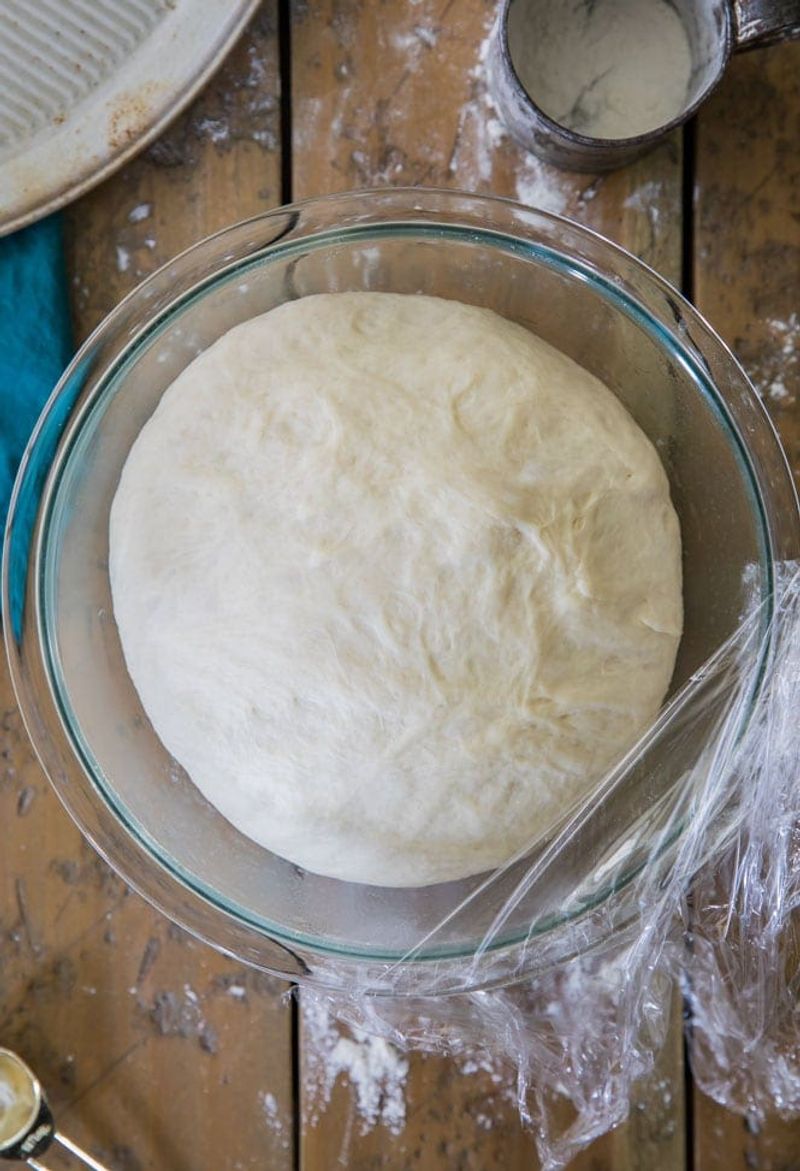
Keeping your dough from sticking is key, but there’s a trick. Oil your bowl, not the dough. This prevents sticking without forming a crust during fermentation.
Imagine a slip and slide for your dough; it needs to move freely but not dry out. Lightly oiling just the bowl achieves this balance, ensuring a smooth rise.
Skipping oil on the dough itself preserves its soft texture, setting the stage for a perfect bake. Your dough remains supple and ready to transform into a golden crust.
7. Room Temp Before Shaping
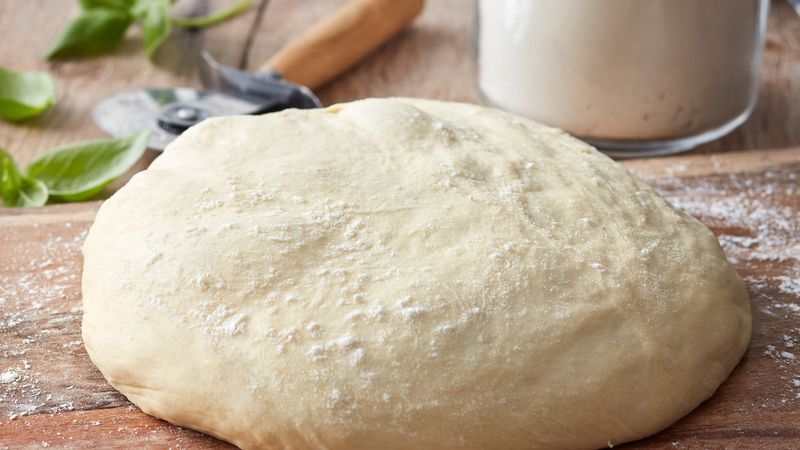
Cold dough is like an elastic band, snapping back into shape. Allowing it to reach room temperature makes shaping a dream.
Warmer dough is pliable, stretching easily without resistance. This step is akin to warming up before exercise, preparing the dough for its next transformation.
Think of it as coaxing the dough into cooperation, ensuring it listens to your hands. Your preparation here ensures the final product is smooth and evenly cooked, making every bite a testament to your dough-handling skills.
8. Don’t Use a Rolling Pin
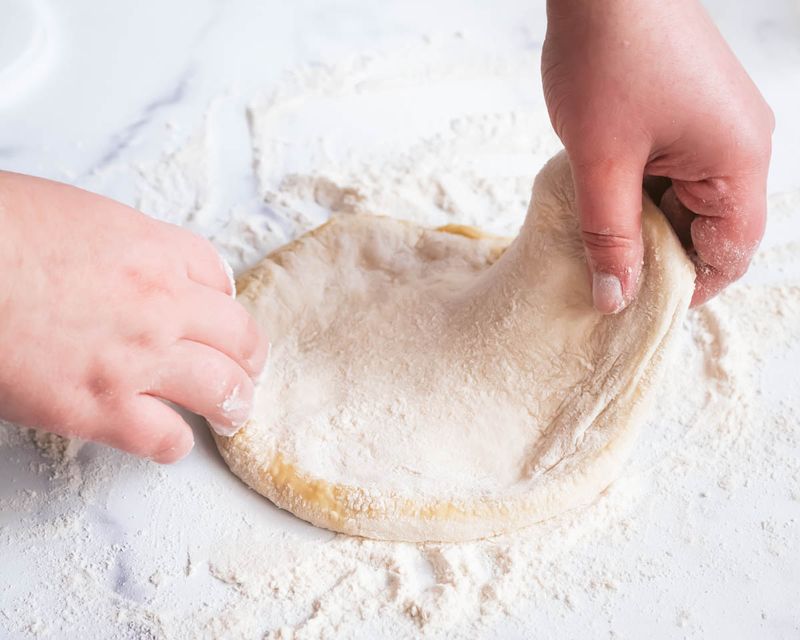
Your hands are your best tools. Rolling pins press out air, but your fingers preserve those precious bubbles.
Using your hands, stretch the dough from the center outwards. This method respects the dough’s natural structure, maintaining its character.
Imagine playing with putty; gentle movements shape it without deflating it. Embracing this tactile approach ensures a crust that’s airy and light. Your dough is a living thing, and your hands guide it to its full potential.
9. Use a Pizza Stone or Steel
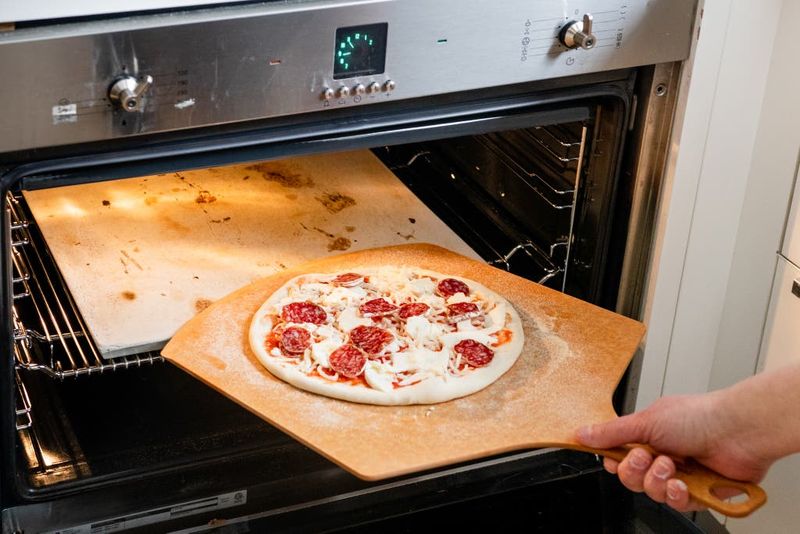
A pizza stone or steel is your secret weapon for a crisp crust. They retain heat, cooking the dough evenly and quickly.
Preheat them for at least 30 minutes to ensure they’re blazing hot. This step is akin to preheating an iron for perfect creases.
Think of them as the stage for your pizza’s performance, providing the heat that turns raw dough into a golden, delightful base. Your investment in these tools reflects in the quality of your baked crust.
10. Crank the Oven Temp

Pizza loves heat. Crank your oven to 475°F to 550°F or higher for the best results. This high temperature mimics professional pizza ovens, achieving that bubbly, crisp crust.
It’s like taking a rocket to the moon; the higher the heat, the better the result. Your pizza emerges with a golden hue and perfect texture.
A hot oven is your ally, ensuring that every component of your pizza cooks harmoniously. The crust, sauce, and toppings unite in a symphony of flavors, rising to the occasion in the heat.
11. Avoid Too Many Wet Toppings

Balance is key in topping selection. Too many wet ingredients can lead to a soggy crust.
Blot excess moisture or pre-cook ingredients like fresh mozzarella or raw veggies. Imagine building a house: a sturdy foundation supports everything above.
Your carefully crafted dough deserves toppings that complement, not overwhelm. Mindful topping choices preserve the integrity of your crust, ensuring each slice is just right. Every bite is a harmonious blend of texture and flavor, showcasing your culinary touch.
12. Don’t Rush the Bake

Patience pays off in baking. Watch the crust and cheese, not the clock.
When deeply golden and bubbling, your pizza is ready. It’s like waiting for the perfect moment in a performance; timing is everything.
Your careful attention ensures that every element is cooked to perfection. Rushing can lead to undercooked dough or overdone toppings. Trust your senses; they guide you to a pizza that’s as delicious as it is beautiful. Celebrate your creation, savoring the culmination of your efforts.
